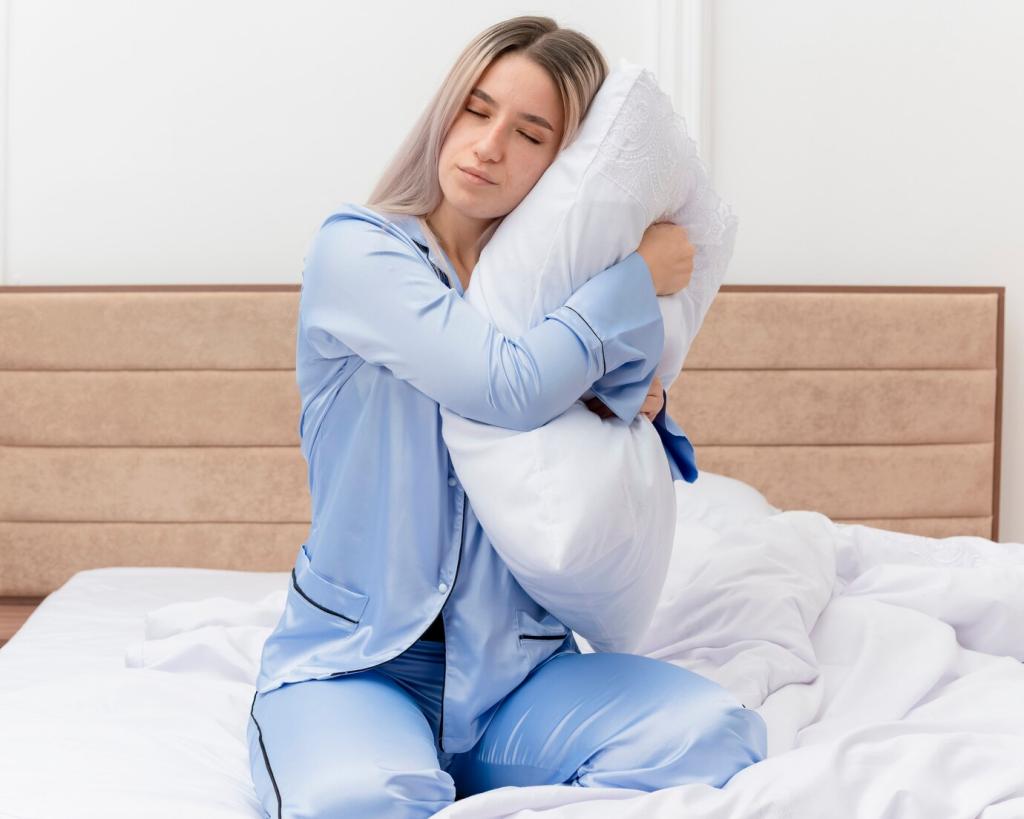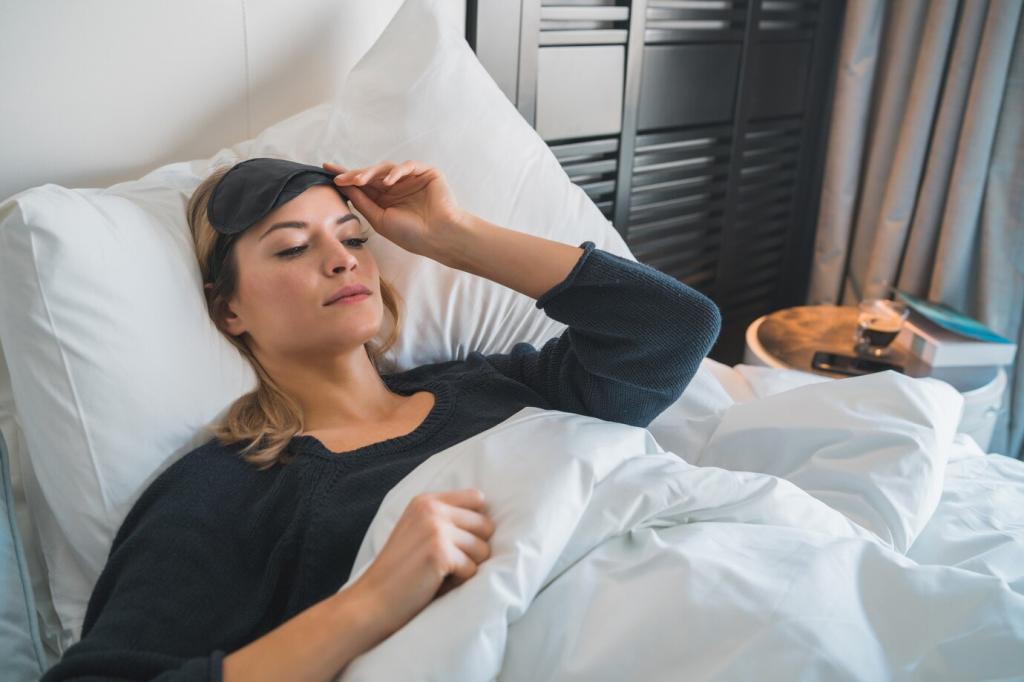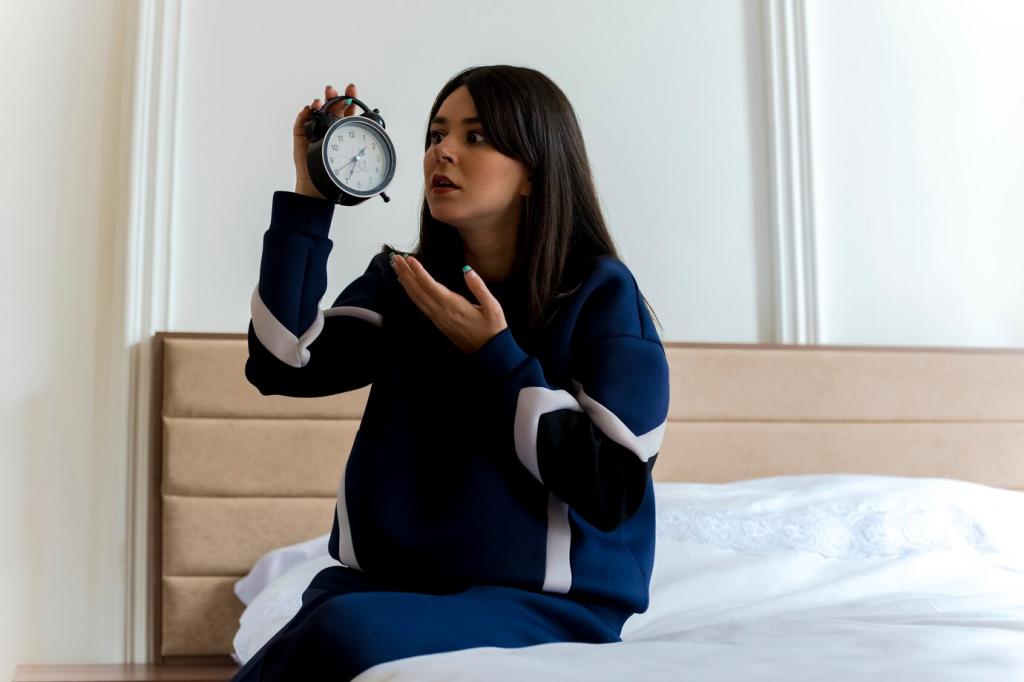Real Sleep Stories and Practical Experiments
One reader swapped sateen for silk and noticed fewer overnight tangles and less cheek creasing within a week. Temperature felt steadier during spring swings. If you’ve done a similar switch, post your timeline and tell us the first difference you noticed.
Real Sleep Stories and Practical Experiments
During a coastal heatwave, linen stayed airy but felt slightly scratchy on sun-exposed skin; silk felt smoother yet not clammy. The winner depended on sensitivity versus airflow preference. Which do you favor in extreme heat? Subscribe for our upcoming summer bedding field notes.





